- Details
- Written by: admin
- Category: terms
- Hits: 522
The material covering the exterior walls is unknown. There is insufficient information available or it is not possible to determine the material from a visual survey.
- Details
- Written by: admin
- Category: terms
- Hits: 468
It is clear that the structural material is masonry, but the type of reinforcement is unknown. The reinforcing may be hidden, or information about it is unavailable.
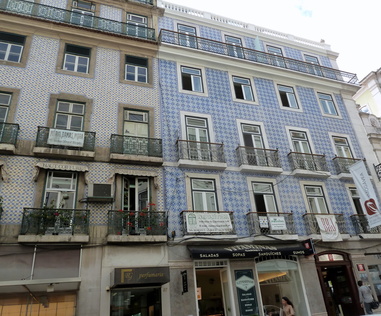
These buildings in Lisbon, Portugal are likely of masonry construction, but it is not known whether reinforcement was provided (note exterior walls covered by glazed ceramic tiles typical of Portugal) (S. Brzev)
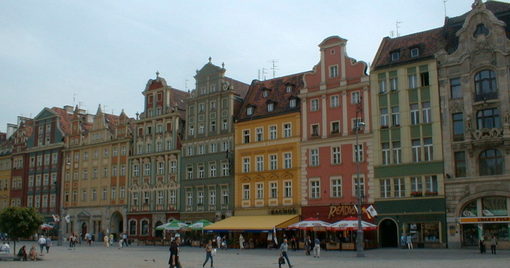
These buildings in Vroclaw, Poland are likely of masonry construction, but it is not known whether reinforcement was provided (C. Scawthorn)
- Details
- Written by: admin
- Category: terms
- Hits: 1272
The footprint of the building when viewed in plan resembles the shape of the letter T.
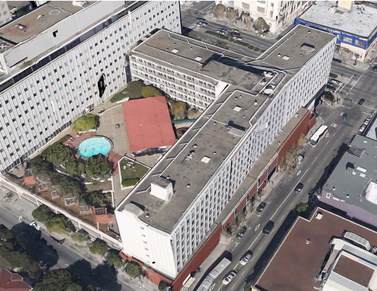
A building with T-shaped plan, San Francisco, California, USA (Map data ©2013 Google, SIO, NOAA, U.S. Navy, NGA, GEBCO, Image Landsat)
- Details
- Written by: admin
- Category: terms
- Hits: 481
The roof is curved. It may be of a regular round arched shape, or more irregularly curved when viewed in section.
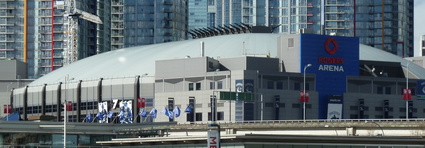
Curved roof, Rogers Arena, Vancouver, Canada (S. Brzev)
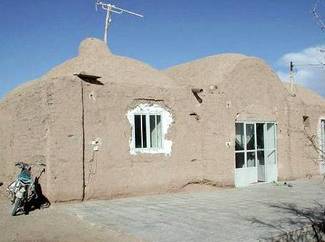
Curved roof (earthen dome), Iran (F. Naeim, World Housing Encyclopedia Report 104)
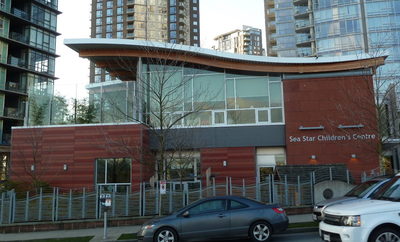
Irregular curved roof, Canada (S. Brzev)
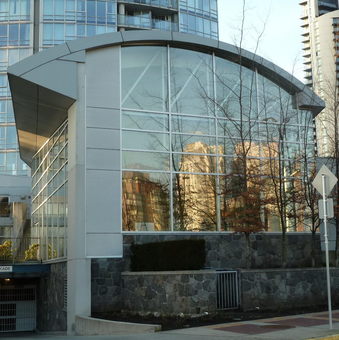
Regular curved roof, Canada (S. Brzev)
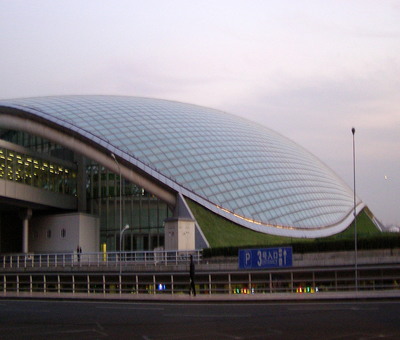
Curved roof shape, Beijing Capital International Airport, China (S. Brzev)


